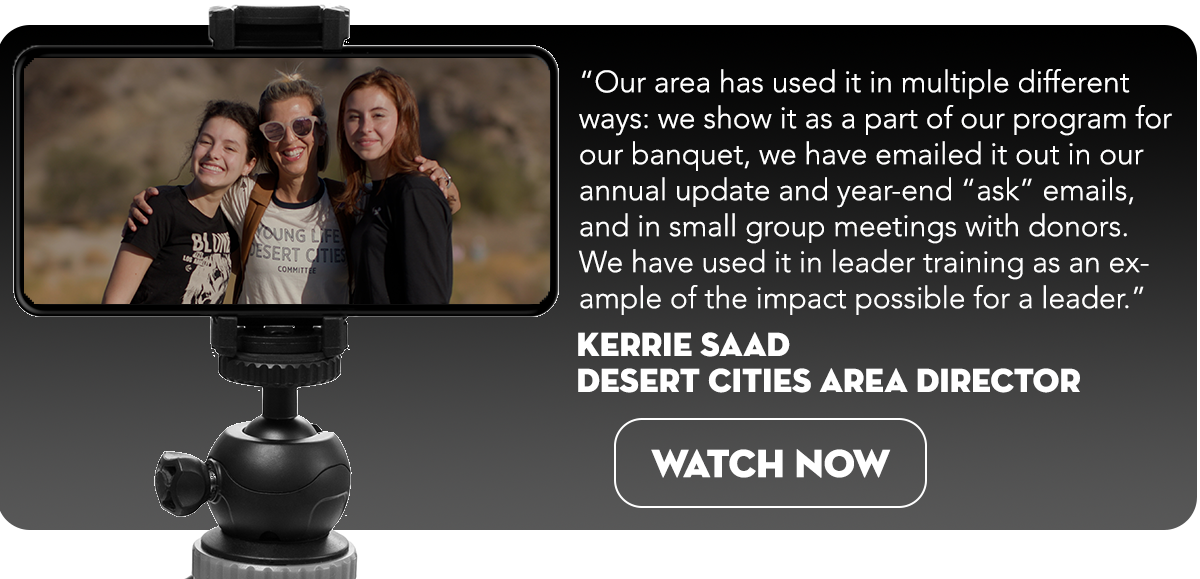Similar to building relationships with adolescents and growing a Club or a Campaigner group, building a community of adults “on mission” together in a local area often requires engaging them where they are at, and building bridges of friendship through shared experiences. Over the past several years, this kind of effort has been taking place in several locations for both men and women. Among these is “Man Camp” at Frontier Ranch.
“What is Man Camp?” you might ask.
According to one past attendee, “Man Camp is an opportunity to invite my friends and my family to come and experience the best weekend of their life once a year.” In the words of another guy, “Man Camp is rest, it’s fun, but it’s being real.” And in the words of Young Life friend, independent artist and Man Camp musician, Christopher Williams, “It’s hanging out with dudes and learning more about Jesus!” (Check out this video for more!)
The goal of this Young Life weekend camp is to “help men grow in relationship with God, each other and the Young Life mission.” Among the many benefits that flow out of this experience are closer relationships, growth in faith, practical help with life’s challenges, greater understanding of the Young Life mission globally and locally, and a trickle-down of relationships and resources to the local ministry. For many disconnected Young Life alumni, the invitation to go back to Young Life camp is not only an opportunity they have been hoping for, but it is also an opportunity for them to invite those who don’t have history with the mission! Many men are just waiting for Young Life to take the first step by inviting them to a place and an experience that was transformative in their life!
The need for opportunities like this for men cannot be overstated. According to recent Pew Research Center studies, of those who self-report as being religiously unaffiliated (“nones”), 57% are men while 43% are women. In the same survey, when asked about attendance at religious services, 35% of men said that they attend “seldom to never,” compared to 26% of women. Interestingly, when asked about “feeling wonder about the universe,” more men felt this way on a weekly basis than women! What better place to experience the wonder of God’s creation than at a Young Life property!
Like most Young Life camps, Man Camp features terrific speaking, incredible music, informative seminars, fun activities and plenty of time to rest, reflect and build relationships. (By the way, last year we chose to take Man Camp virtual! You can enjoy Greg Hook’s messages here and here.)
Obviously, Man Camp is just one of many Young Life weekend camps that impact both men and women across the U.S. It is but one example of how mission community can be built while engaging adults at a Young Life property. If you would be interested in learning more about how to establish a men’s or women’s camp in your region or division, reach out to Jonathan at JSchultz@sc.younglife.org.
For more information on our 2022 Man Camp weekend, go here.
*Survey Quotes from https://www.pewforum.org/religious-landscape-study/gender-composition/



